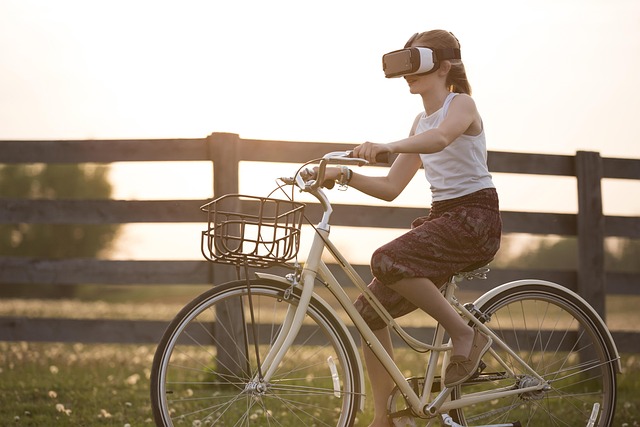Revolutionizing Education: Exploring Virtual Teacher Methods with Virtual Reality, Augmented Reality, and the Metaverse
The landscape of education is undergoing a profound transformation, fueled by technological advancements that enable innovative virtual teacher methods. Gone are the days of conventional classrooms where learning was limited to textbooks and lectures. Today, we find ourselves entering a new era powered by Virtual Reality (VR), Augmented Reality (AR), and the exciting realm of the Metaverse.
Immersive Worlds with Virtual Reality
Imagine stepping into a world where the history you study is not just a chapter in a book, but a vibrant, immersive experience. With Virtual Reality, students can engage directly with historical events, exploring ancient Rome as if they were walking down the cobbled streets. This technology allows learners to visualize complex concepts in science, dive deep into oceans for biology lessons, or even experience simulated environments for more practical skills like surgery or engineering.
As virtual teacher methods evolve, educators can utilize VR to create dynamic lesson plans that captivate students’ attention and enhance retention. The hands-on approach, combined with the thrill of exploring new realities, also caters to various learning styles—auditory, visual, and kinesthetic—which traditional methods often overlook.
Augmenting Reality for Enhanced Learning
Augmented Reality takes the learning experience a step further by blending the real world with digital information. Think of it as a gateway to knowledge that enriches the environment around us. Through AR, students can point their devices at a page in a textbook and watch as animations or 3D models come to life. Imagine a biology class where students can see the inner workings of a cell unfold right before their eyes or a geography lesson that projects natural landscapes around them, making abstract concepts tangible.
This interactive element not only sparks curiosity but also fosters collaboration among students. With virtual teacher methods, teachers can assign group projects that utilize AR, encouraging teams to explore and share their findings in real-time. Learning becomes an adventure rather than a chore, transforming the educational experience into a thrilling journey.
Exploring the Metaverse: The Future of Learning
Stepping into the Metaverse opens up endless possibilities for education. This expansive digital universe allows for the creation of virtual campuses where students worldwide can gather, attend classes, and interact with both educators and peers, no matter their geographical location. Imagine a diverse classroom where cultural exchanges flourish, and students gain global perspectives without leaving their homes.
In this immersive environment, lessons can be tailored and adjusted in real time, allowing educators to meet the unique needs of each student. The Metaverse provides a platform for experiential learning—a place where students can experiment, make mistakes, and learn from them without the traditional constraints of the classroom setting.
Moreover, as students engage in activities within the Metaverse, they develop critical skills such as collaboration, problem-solving, and digital literacy, all essential in today’s world.
As we embark on this exciting journey of educational innovation, embracing virtual teacher methods like VR, AR, and the Metaverse not only enhances learning but also ignites a passion for discovery that lasts a lifetime. The future of education is bright and filled with possibilities, where the skies are not the limit but rather the beginning of endless exploration.



